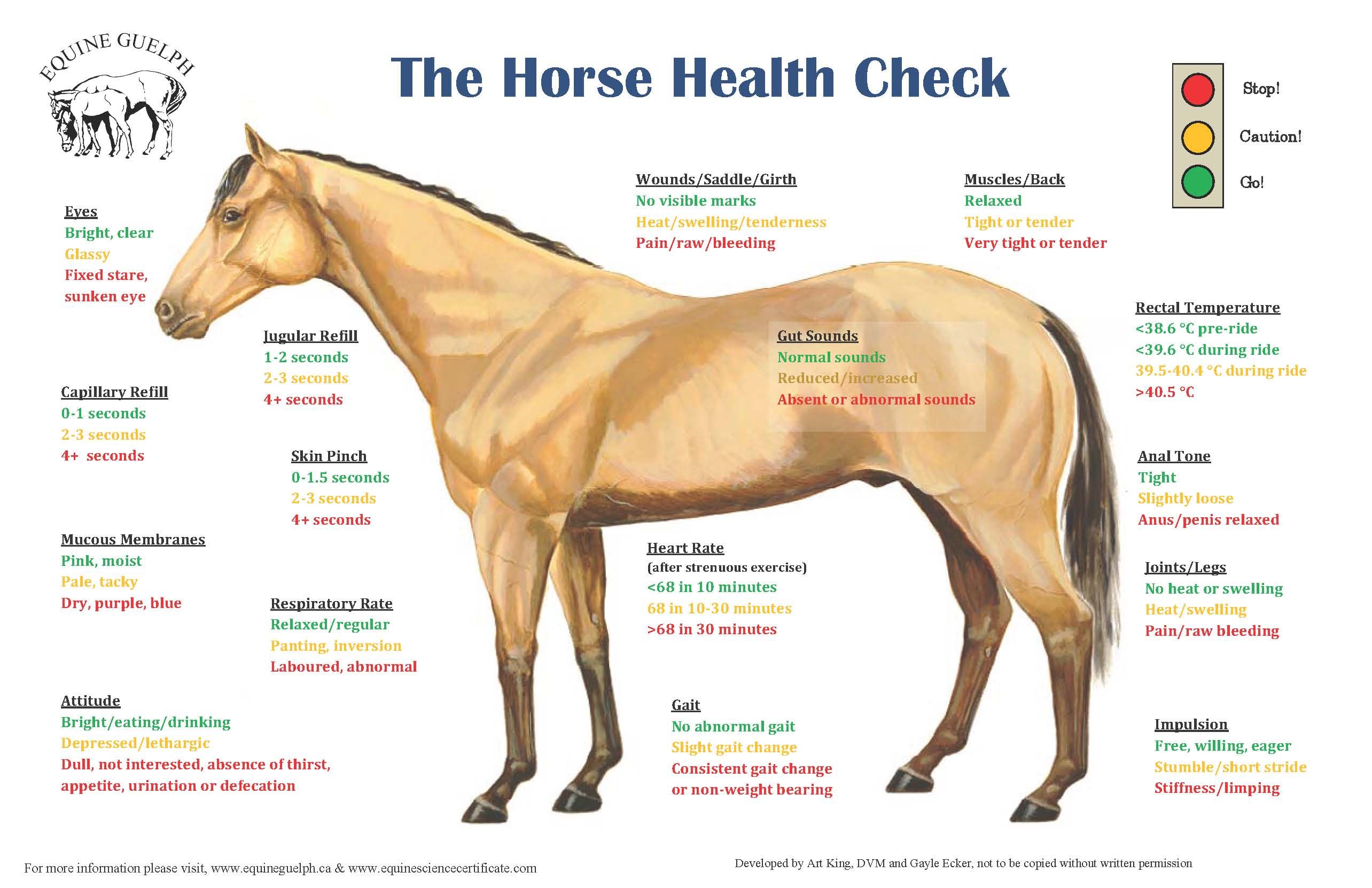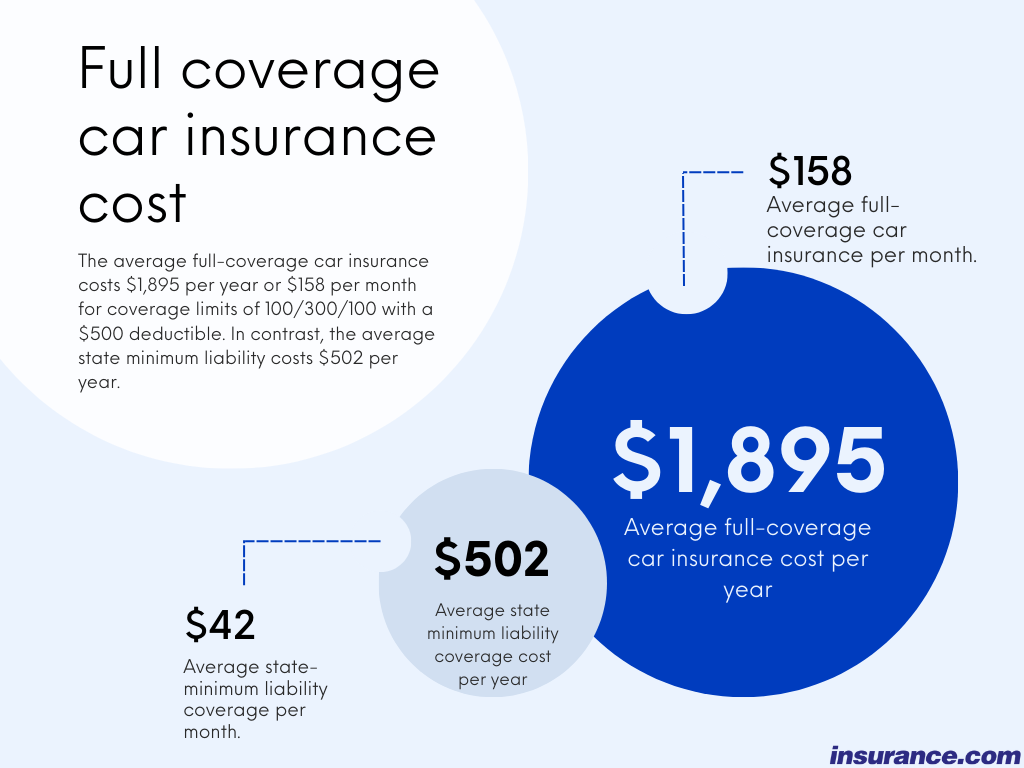20/25 Vision: Is It Good Enough?

Understanding the nuances of visual acuity is crucial, especially when it comes to the often-discussed 20⁄25 vision. To grasp whether 20⁄25 vision is “good enough,” we must delve into the fundamentals of how visual acuity is measured and what it means to have 20⁄25 vision.
Visual acuity is a measure of the sharpness of vision, usually expressed as a fraction in which the numerator is the distance in feet between the subject and the chart, and the denominator is the distance at which a person with normal eyesight could read the same line that the subject can read. The standard for normal visual acuity is 20⁄20, but it’s essential to understand that having 20⁄20 vision doesn’t necessarily mean someone has perfect vision; it means they can see at 20 feet what an average person can also see at 20 feet under normal conditions.
Having 20⁄25 vision means that at 20 feet, you can see what a person with normal vision can see at 25 feet. While it might seem like a minimal difference, it indicates a slight reduction in visual acuity. However, the real question is whether this reduction significantly impacts daily life or specific tasks.
Everyday Activities and 20⁄25 Vision
For most everyday activities, 20⁄25 vision is more than sufficient. Driving, reading, watching movies, and engaging in sports like golf or tennis are generally not impaired by this level of visual acuity. The slight reduction might be noticeable in very detailed work or hobbies that require finer visual discrimination, such as certain types of crafting, reading very fine print, or detailed mechanical work. Nonetheless, for the average person, 20⁄25 vision allows for the completion of most tasks without significant difficulty.
Professional and Recreational Implications
Certain professions or hobbies might place a premium on visual acuity. Pilots, for example, often require better than 20⁄20 vision in each eye, with some airlines and military branches having even stricter requirements. Similarly, professional athletes, especially those involved in sports requiring precise vision like baseball or shooting sports, might find that 20⁄25 vision could be a disadvantage, though it largely depends on the specific demands of the sport and the individual’s overall visual and physical abilities.
For recreational activities, the impact of 20⁄25 vision is often minimal. Unless the activity specifically demands high visual acuity (like competitive target shooting), most people with 20⁄25 vision can participate without significant limitations.
Corrective Measures
One of the most significant advantages of having 20⁄25 vision is that it can often be corrected to 20⁄20 vision with glasses, contact lenses, or refractive surgery. Technological advancements have made these corrective measures more effective and accessible than ever. For instance, LASIK surgery can correct a wide range of vision problems, including nearsightedness, farsightedness, and astigmatism, which might be contributing factors to 20⁄25 vision.
Conclusion
In conclusion, whether 20⁄25 vision is “good enough” largely depends on individual circumstances, including daily activities, professional requirements, and personal preferences. For the vast majority of people, 20⁄25 vision will not present significant challenges in daily life and can be considered more than adequate for general tasks and many professions. However, for those in fields or engaging in hobbies where higher visual acuity is an asset, corrective measures can often bridge the gap, offering a path to optimal vision.
Advanced Quality Markers and Considerations
Domain-Specific Terminology: Understanding the nuances of terms like “visual acuity” and how they apply to real-world scenarios is crucial. For instance, visual acuity tests, like the Snellen chart, are pivotal in assessing an individual’s vision, providing a standardized measure that can be universally understood and compared.
Balanced Perspective: It’s essential to balance the theoretical aspects of visual acuity with practical applications. While the technical definition of 20⁄25 vision is important, its implications on daily life, profession, and recreational activities offer a more holistic view of its impact.
Future Trends and Developments: Advances in corrective technologies and therapies, such as gene therapy for inherited eye diseases, could further reduce the limitations associated with 20⁄25 vision. Staying abreast of these developments can provide individuals with the most current and effective solutions for their specific vision needs.
FAQ Section
Can 20/25 vision be corrected to 20/20 vision?
+Yes, 20/25 vision can often be corrected to 20/20 vision with the use of glasses, contact lenses, or through refractive surgery such as LASIK. The choice of correction method depends on the underlying cause of the reduced vision, personal preferences, and the suitability of the correction method for the individual's eyes.
Is 20/25 vision considered nearsightedness or farsightedness?
+20/25 vision itself is not directly classified as nearsightedness (myopia) or farsightedness (hyperopia). Instead, it indicates a level of visual acuity. However, the cause of 20/25 vision could be due to refractive errors like myopia, hyperopia, or astigmatism, among other factors.
Can individuals with 20/25 vision participate in professional sports?
+Participation in professional sports with 20/25 vision largely depends on the specific sport, the position played, and the individual's overall abilities. While 20/25 vision might be a limitation in sports requiring exceptional visual acuity, many athletes with this level of vision can still compete, especially with corrective measures. However, certain sports or roles within sports may have stricter vision requirements.
By addressing the nuances of 20⁄25 vision through a comprehensive lens, individuals can better understand their visual capabilities and the potential impacts on their daily and professional lives. Whether through corrective measures or adaptational strategies, there are numerous pathways to optimizing vision and performance, even with a visual acuity of 20⁄25.


